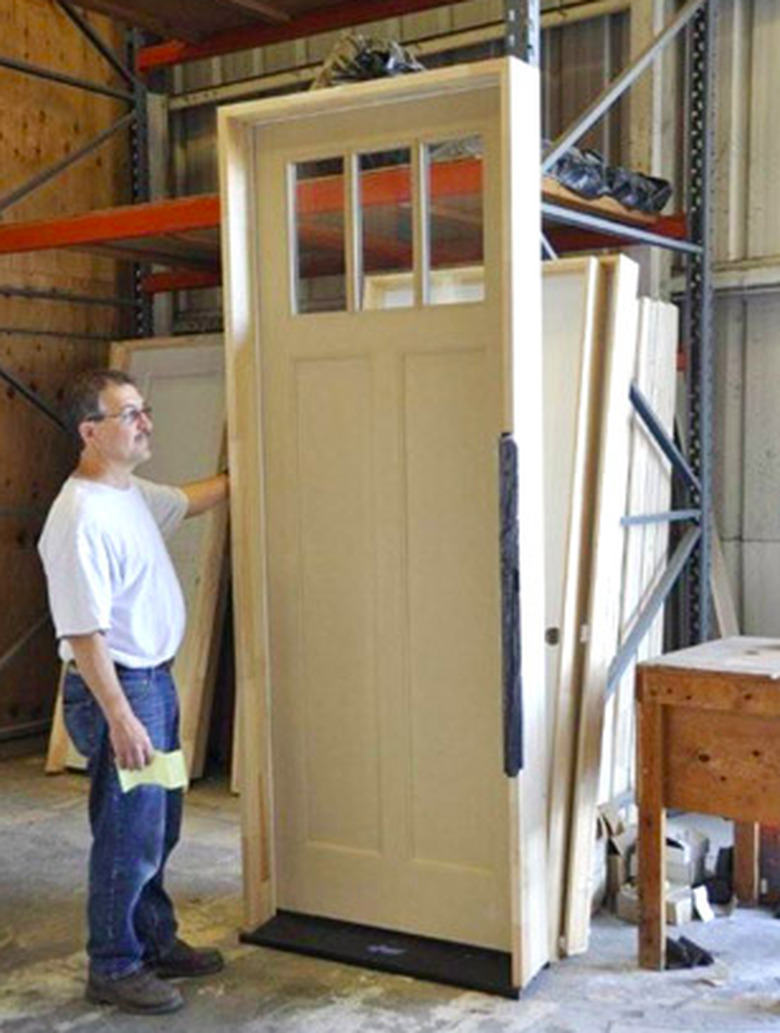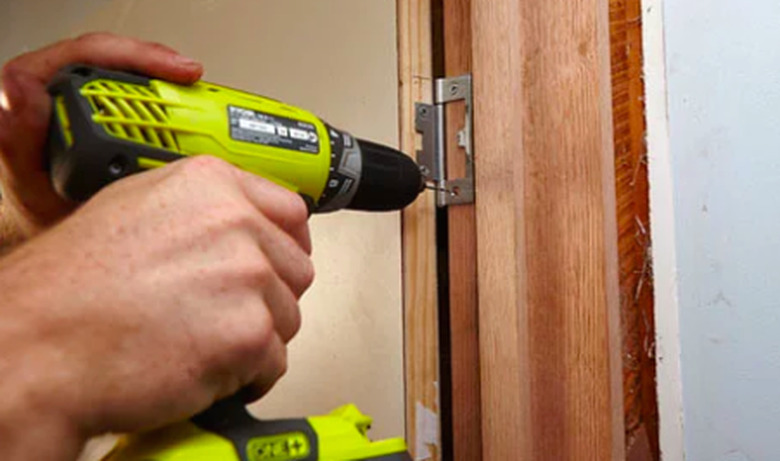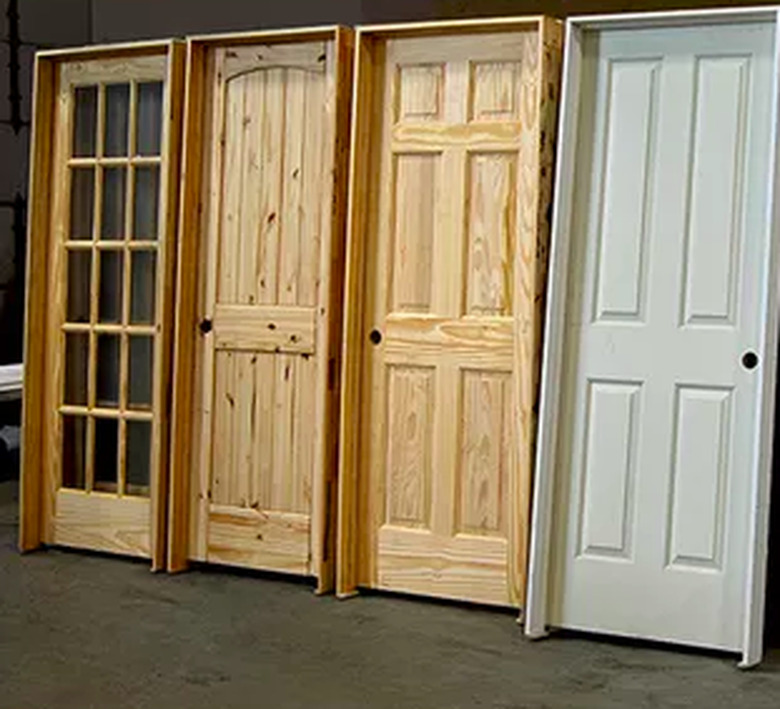What Is A Prehung Door?
Doors have been around as long as buildings have, but prehung doors are something new. First patented by Charles Viets in 1956, the prehung door takes much of the work out of installing a door in an interior or exterior wall. Unlike a slab door, which is nothing more than a flat piece of wood minus hardware and door jamb, a prehung door includes the jamb and hinges, and it usually comes with a predrilled hole for a door knob.
Although it still takes come skill and careful measurements to install a prehung door correctly, the job is much easier than installing a slab door. Contractors routinely opt for prehung doors in new construction and remodels, and prehungs are a boon for homeowners wanting to do the tricky work of installing a door themselves.
What's Involved with Hanging a Traditional Slab Door?
The process of hanging a slab door from scratch begins with framing. The framer installs a pair of studs on either side of the door opening and a 4-by-4 or larger header along the top, ensuring that the rough opening is large enough for the door jamb, the door and about 1/2 inch of wiggle room. After cutting the boards that form the jamb, the worker must then install the hinges, which can be a tricky operation that requires cutting mortises on the jamb and the door with a router or a chisel. This part of the procedure calls for careful measurements to ensure the mortises—and the two halves of each of the hinges—line up.
The Prehung Advantage
A prehung door comes with the jamb pre-assembled, the hinges installed and the door already hanging. You have to take the door off the hinges to install the jamb in the rough opening, but once the jamb is nailed in, all you have to do is set the door back on the hinges and drop in the hinge pins. There's no need to cut the hinge mortises yourself and risk making small but costly mistakes. The prehung door usually also comes with a hole for the doorknob already drilled and a strike mortise for the latch already cut, so once you've hung the door, installing the knob is a breeze.
Choosing a Prehung Door
Virtually any type of door can come as a slab or prehung. The most common prehung doors are lightweight interior passage doors for bedrooms and bathrooms, but you can also buy ornate entry doors that are prehung. The jamb is included with a prehung door, and it's usually standardized to a fit 2-by-4 wall finished with drywall. A standard prehung door won't work on a non-standard wall, such as one framed with 2-by-6 studs, one covered with a non-standard wall covering, such as tile or masonry, or a concrete block wall. If you can't find a standard prehung for your project, however, and you don't want to install the hinges on a slab door yourself, you can usually have a prehung door custom-made. Some prehung doors are available with jamb extensions to help you match different wall thicknesses.
Prehung doors come fully assembled, partially assembled or knocked down. A fully assembled door fits into a standard rough opening just as it is, although the jamb is usually slightly long and has to be trimmed. A knocked-down prehung door has all the mortises precut, and all the hardware is included, but none of the parts have been assembled. It's the best choice when you need to fit the jamb into a rough opening that isn't as wide or as high as a standard opening. It allows you to can make any necessary modifications before nailing in the jamb and hanging the door.


